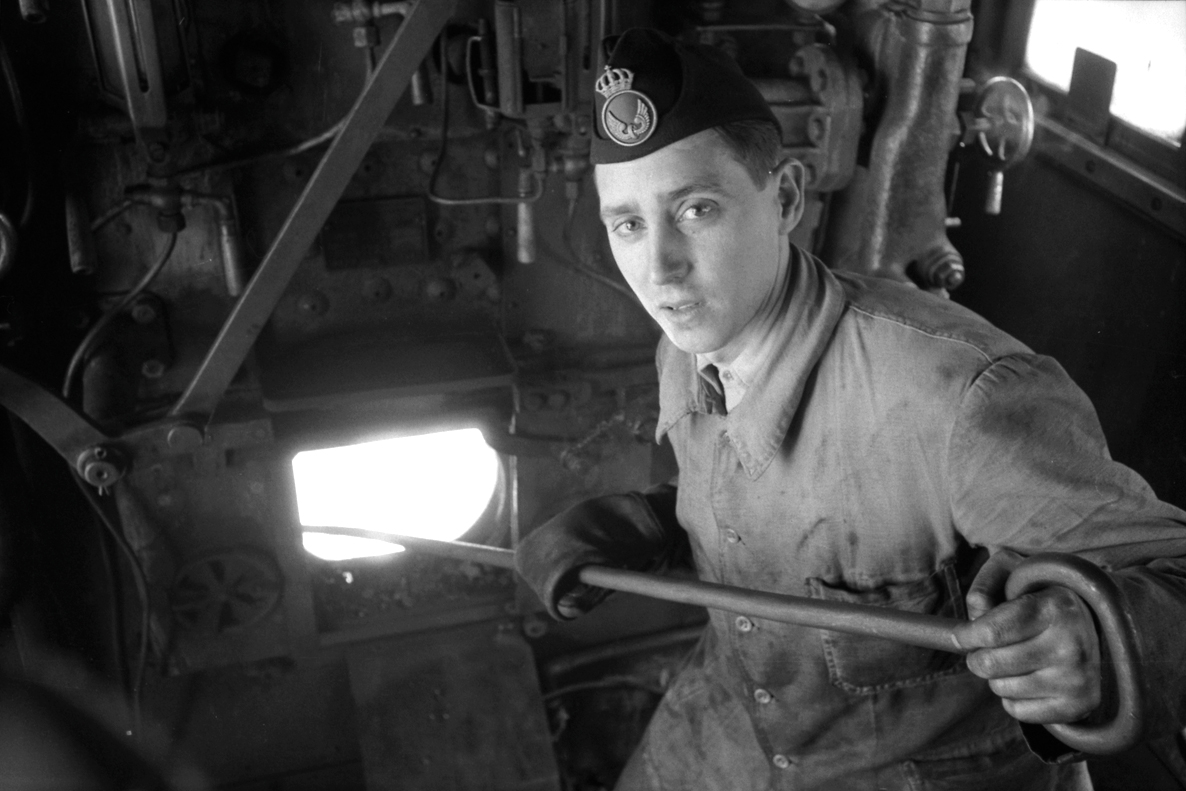Locomotive fireman
Tending the boiler, bringing in water, adding coal, cleaning, lubricating, and polishing lanterns – these were some of the duties of the fireman.
The fireman was under the command of the train driver in all matters relating to the maintenance of the locomotive and its operation in general.
When ordered by the train driver, the fireman had to perform all the work necessary to prepare the locomotive for operation. This included tending the boiler, bringing in water, adding coal, cleaning, lubricating, and polishing lanterns.
While the locomotive was running, the fireman had to make sure that the boiler’s firebox always had the right amount of coal. It was important for the fireman to be familiar with the track so that he could shovel in more coal at the right time, for example when the train was approaching a hill to climb.
Braking the locomotive
When the fireman was not busy shovelling coal into the firebox, his place was at the brake crank to be ready for any signal to brake the locomotive. Both the train driver and the fireman had to watch for signals from track tenders along the track or at the stations. It was important to keep an eye out for signals that might be given after the train had passed a railway station or a track tender posting (signalling) spot.
Typically, coal was used as locomotive fuel, but coke, wood, peat and oil have also been used over the years. During World War II, when there was a shortage of coal, some steam locomotives were converted to burn peat or wood.
Image: A fireman holding a fire rake, which was used, among other things, to rake out ash and slag, or if for some reason it was necessary to move coal in the firebox.

Fireman at steam locomotive, 1956.